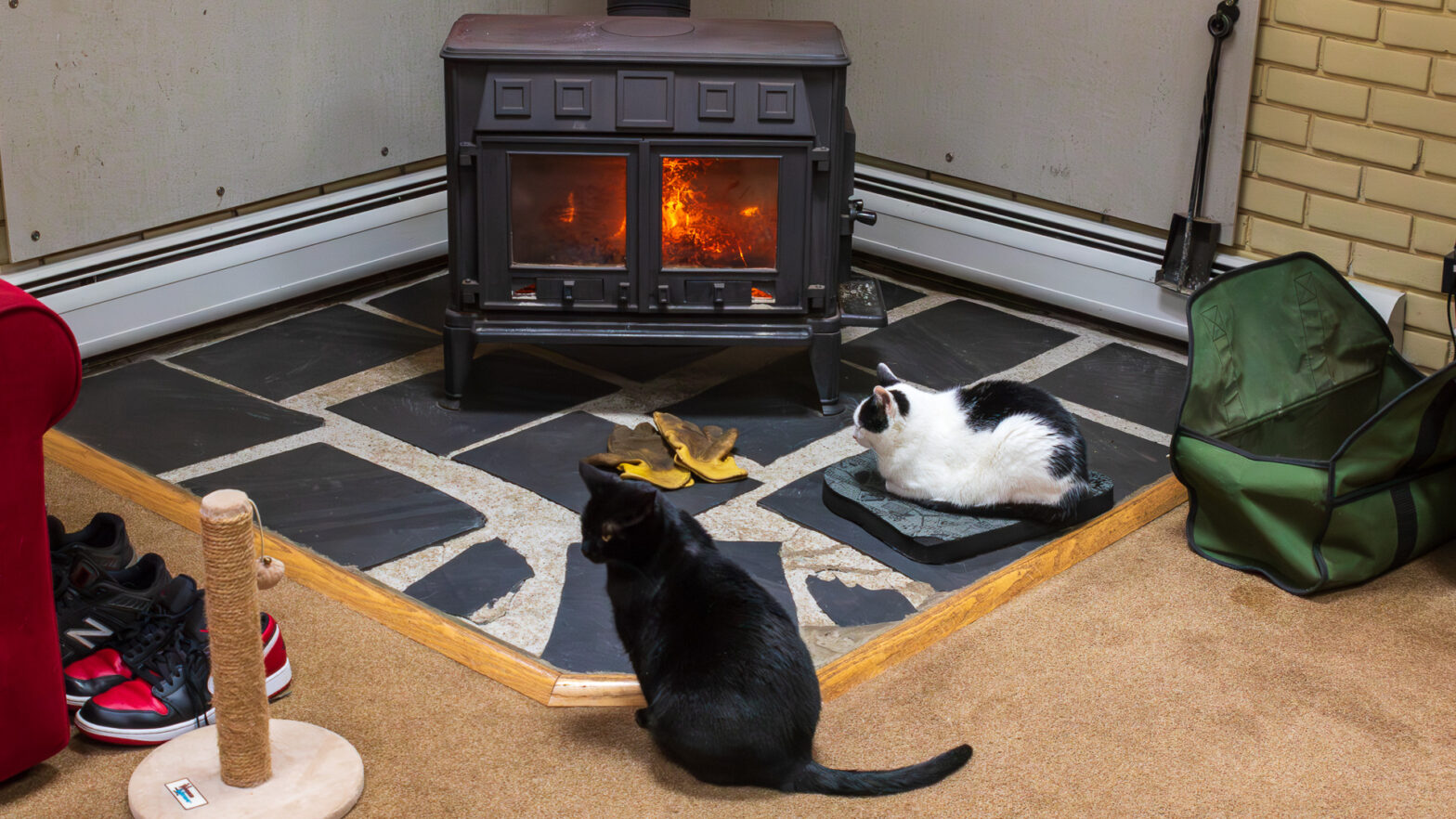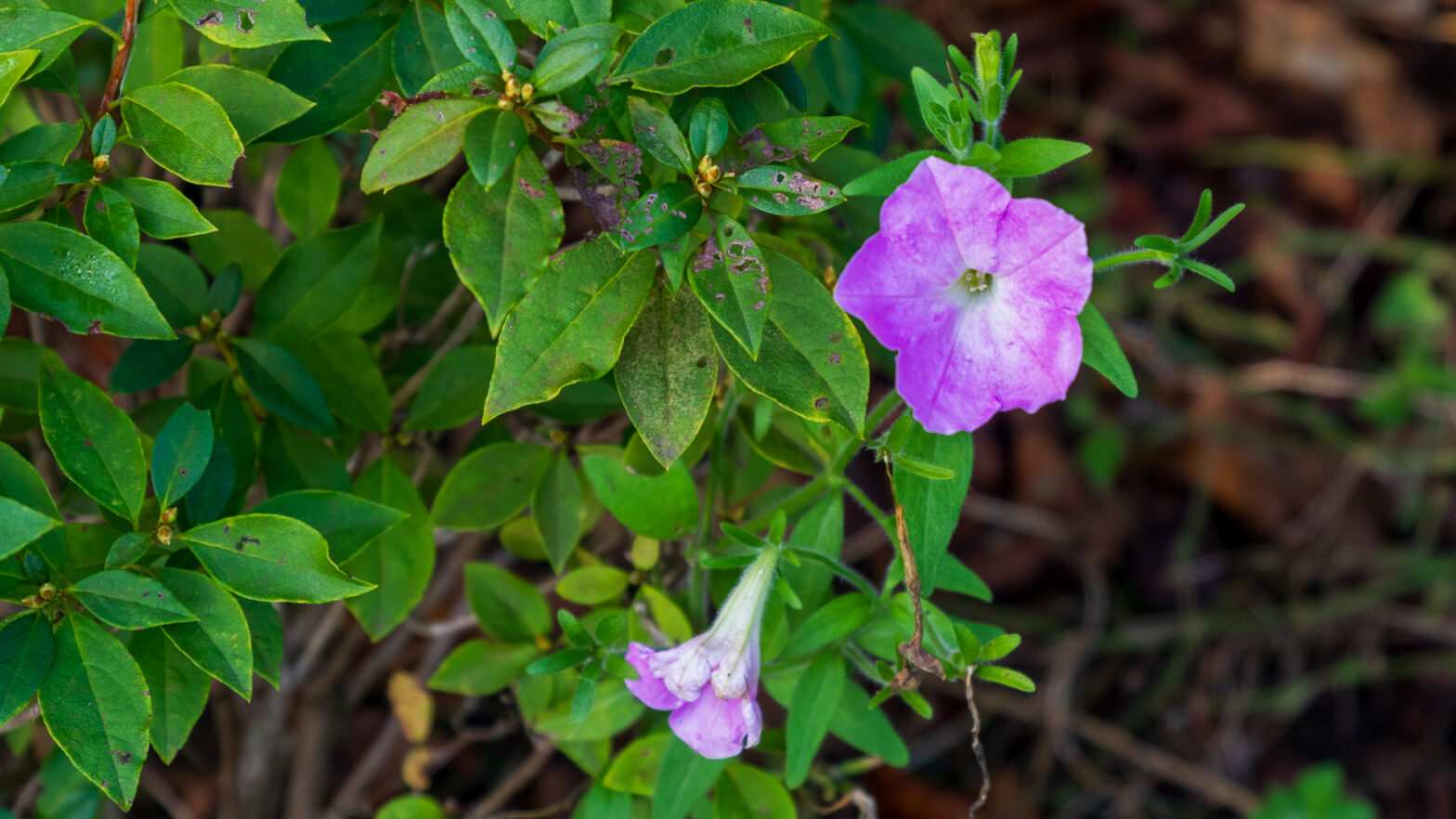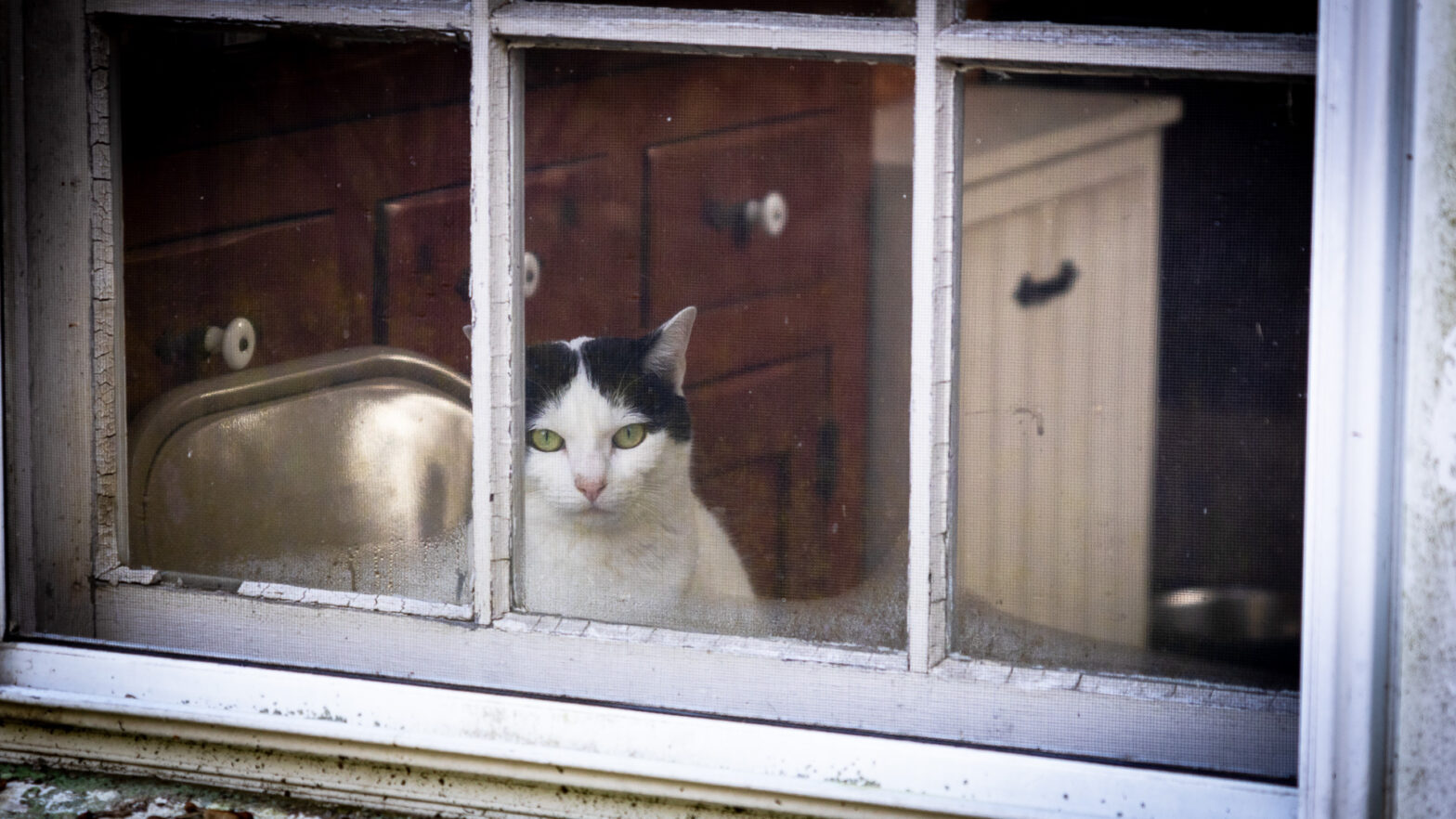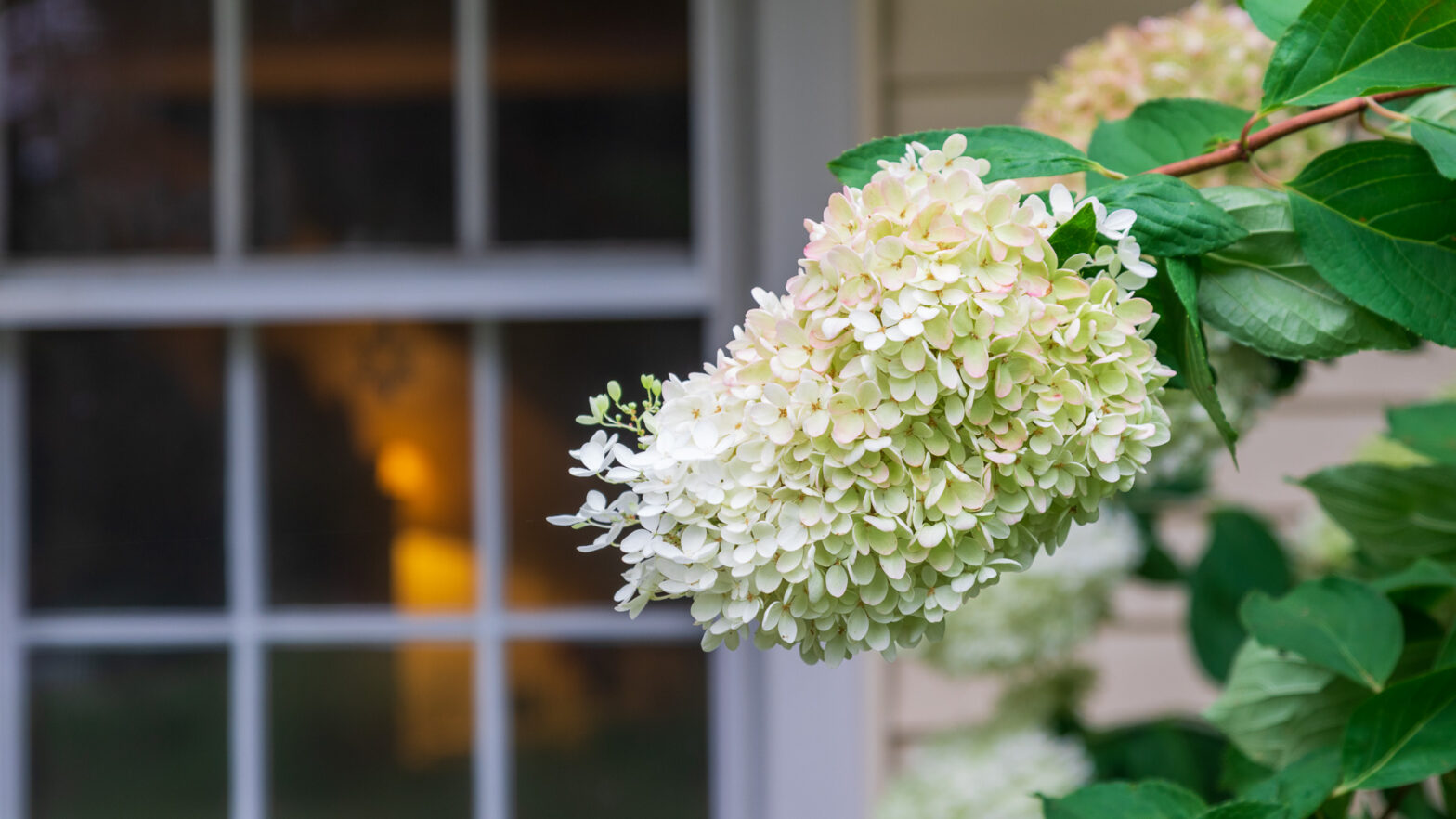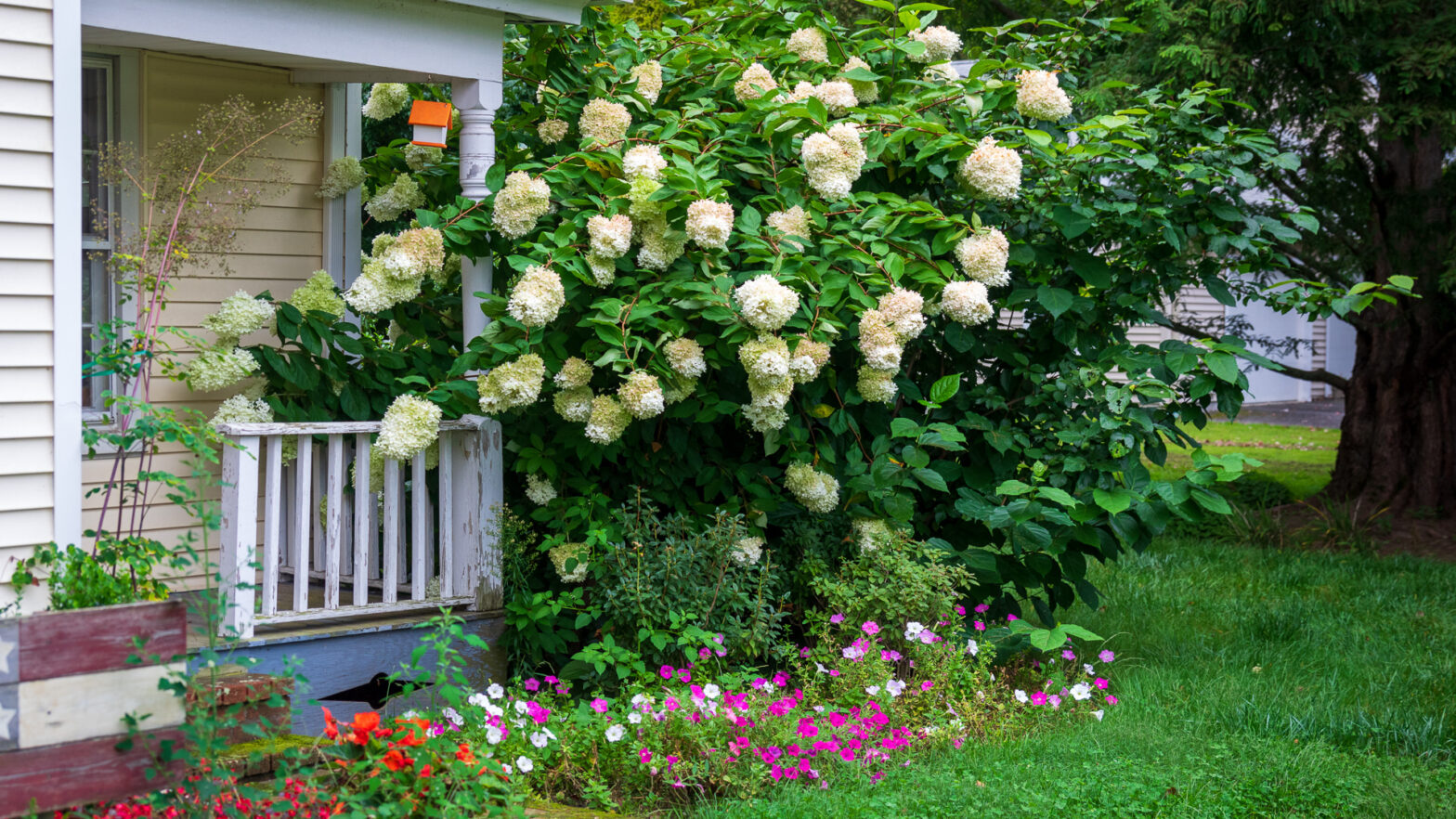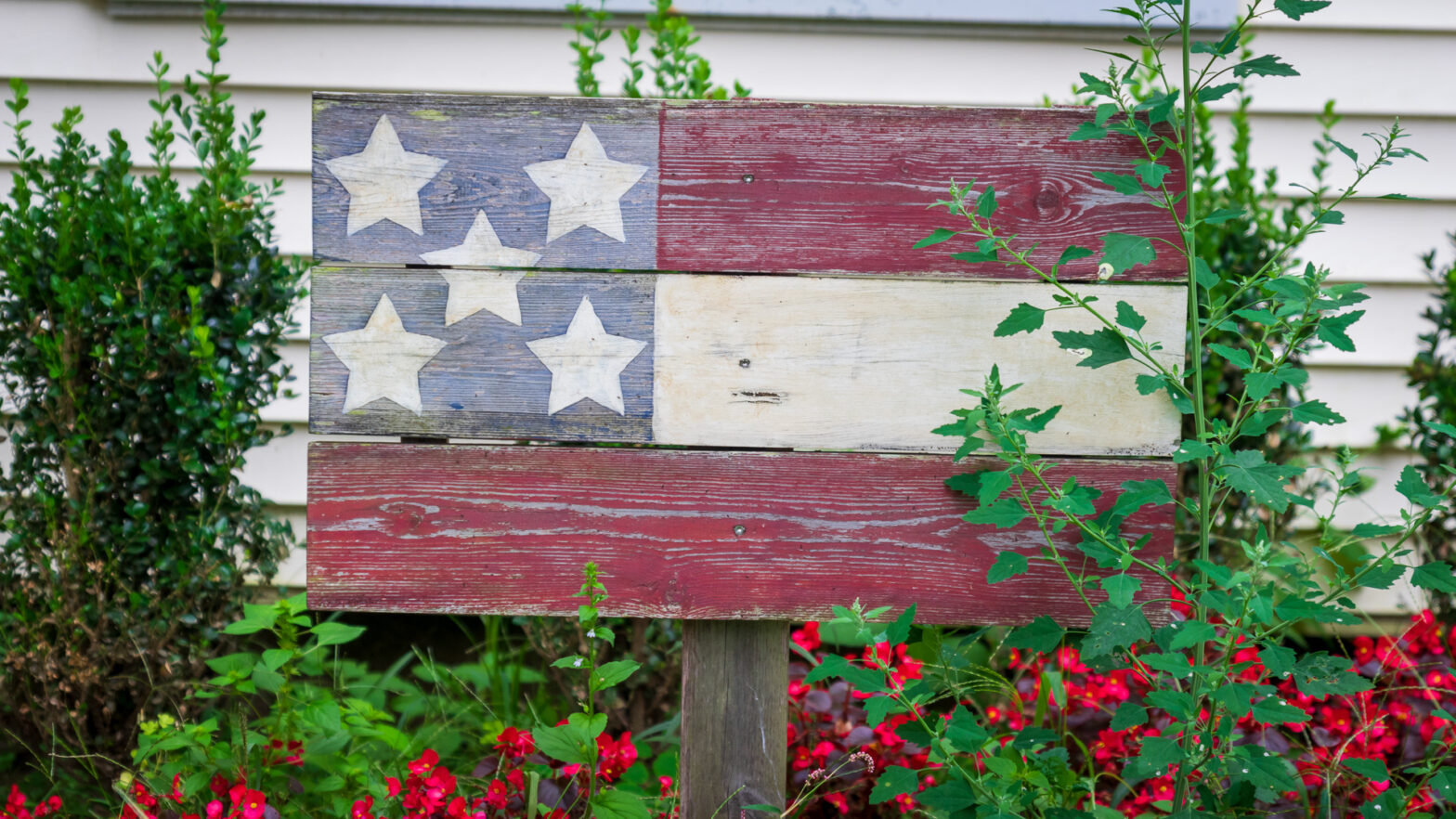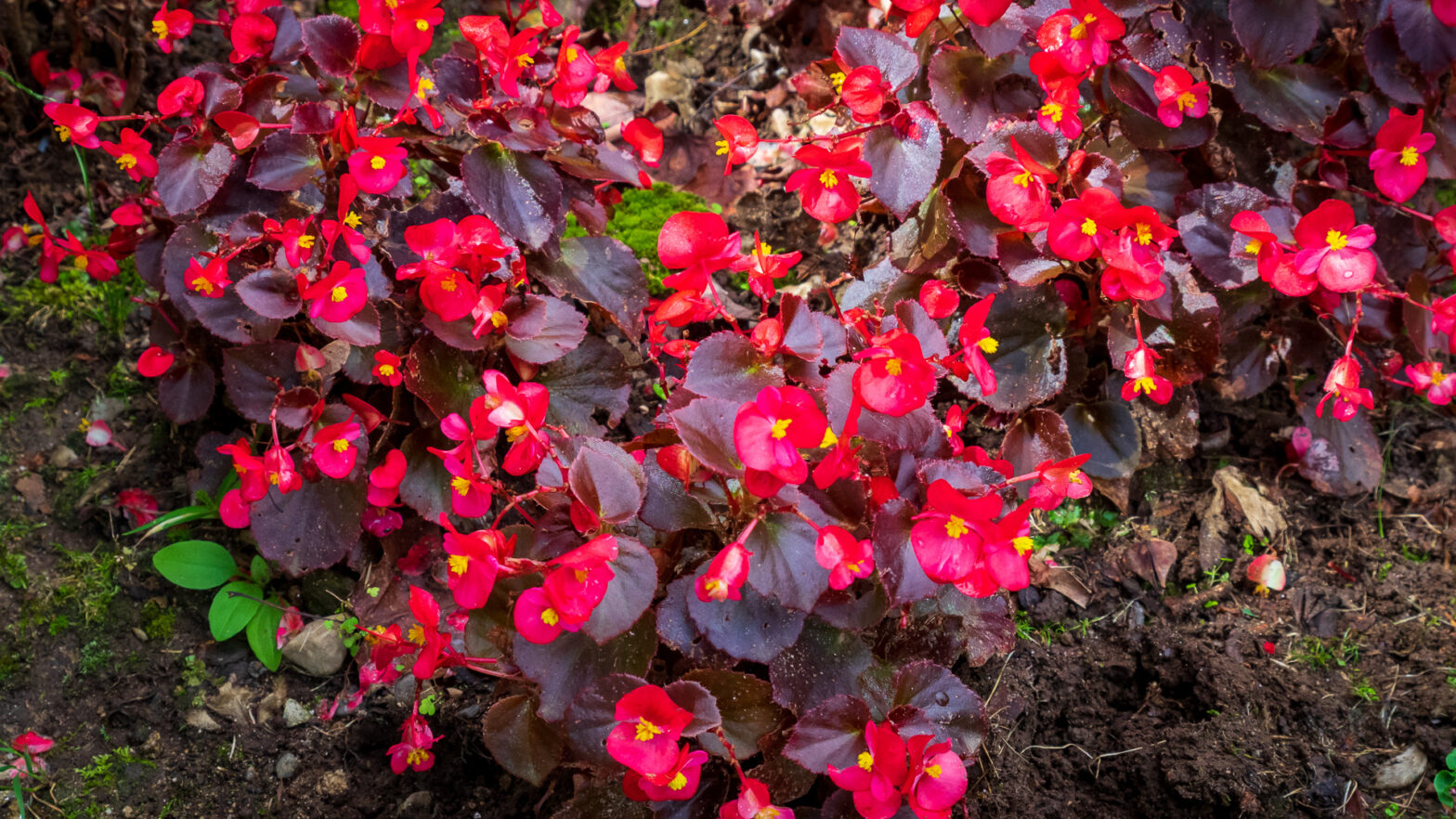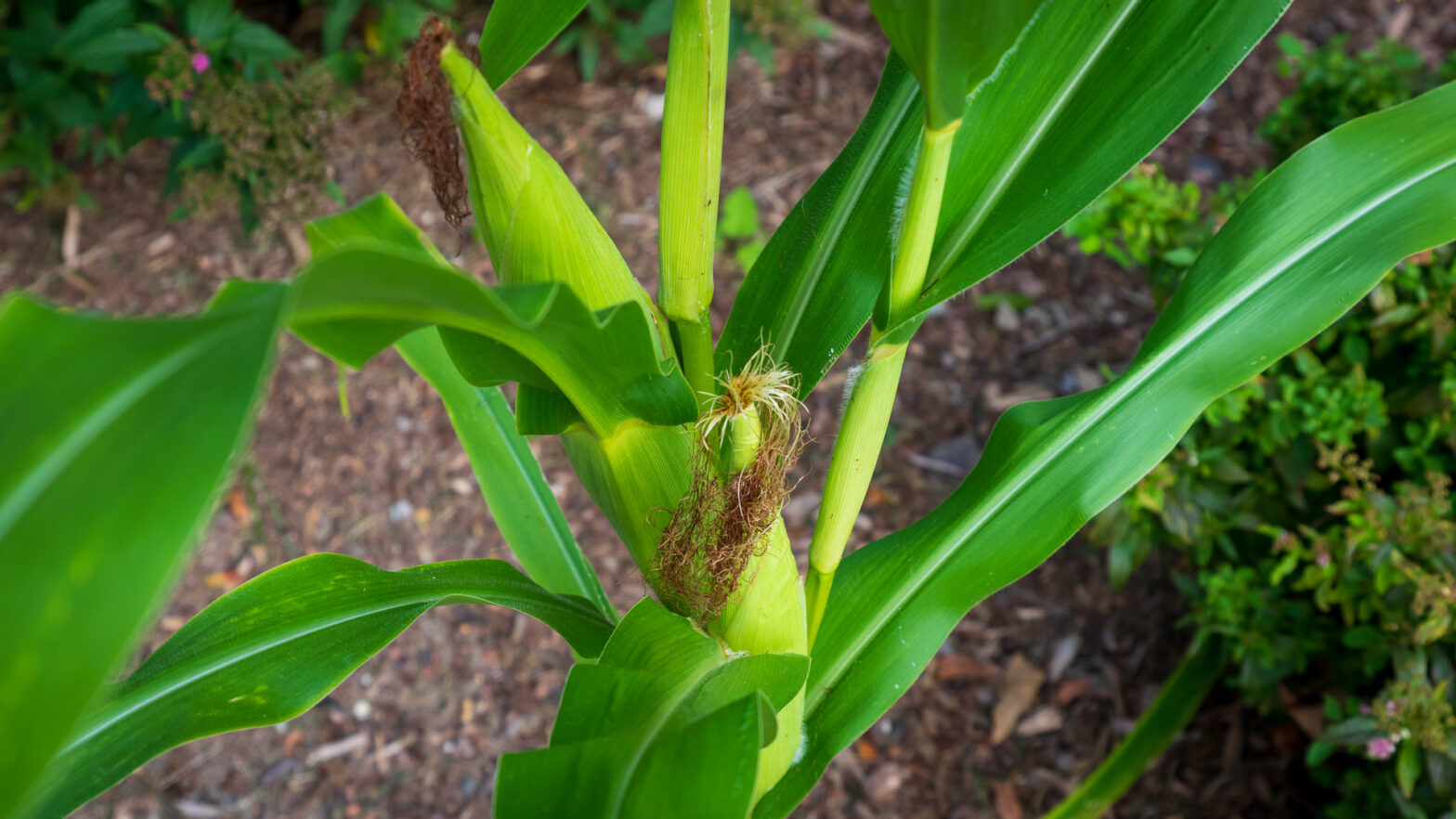A cold front swept through a couple of days ago, leaving temperatures in the low 40s°F.
An unexpected thing happened around the house: the cats started sleeping in groups.
Outdoor Cats
Phantom (cow pattern) and Snowball (tabby), our outdoor cats, were peacefully sleeping in the three-season room they appropriated.
They usually sleep in different locations, so I make sure to put two of everything out for them.

Phantom, a male, likes to sleep in high positions and relentlessly chases Snowball around, though he never hurts him or her. He makes sure Snowball knows who’s the boss.
Phantom and Snowball showed up in the yard about a year and a half ago. I started feeding them, and surprisingly, they decided to take me into the colony.
Indoor Cats
Phoebe (black) was up in Chloe’s (pastel tortie) usual sleeping spot, sharing the warmth. Chloe has appointed herself the top cat of our three indoor spayed cats.

Chloe has some issues to work through, as we all do, but that’s for another time.
Phoebe, the most tolerant and psychologically balanced cat we have, is Chloe’s sister. They had identical childhoods but grew up with completely different personalities.
There’s a lesson there somewhere.
Signs of a Dominant Cat
Besides sleeping in high positions, the dominant cat is sleeping on top in both photos. Interestingly, the cats they’re sleeping on top of both have calm and agreeable personalities.
If Phoebe and Snowball were people, they would offer to help move furniture or take your mail in while you were away.
I’ve also noticed the dominant cat showing more aggression toward other cats, but it never gets physical.
Chloe and Phantom have some unresolved issues, as we all do, but are also the most affectionate. Chloe doesn’t let me to share my affection with other cats in the room.
Come to think of it, Snowball won’t let me pet her either, especially when Phantom is around.
A cat that sleeps in high positions, sleeps on top of the pile, and initiates aggression toward other cats are signs of a dominant cat.
I can’t say the dominant cat is also the most physiologically balanced cat. I can say they’ve appointed themselves leader of the colony.

